Your cart is currently empty!
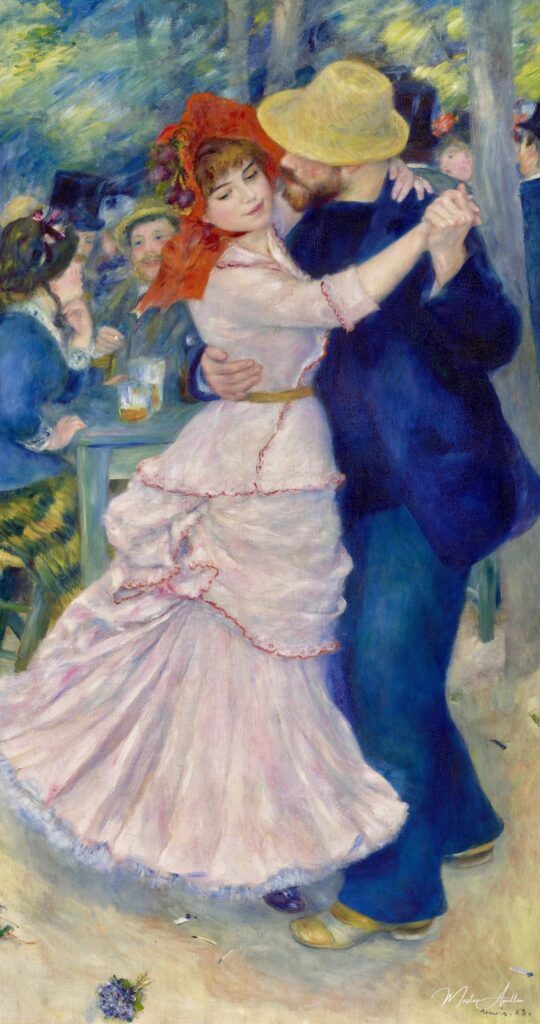
The Dance at Bougival – Pierre-Auguste Renoir
Step into the vibrant world of 19th-century Parisian elegance with our highest quality oil painting reproduction of “The Dance at Bougival” by Pierre-Auguste Renoir. This stunning piece captures the essence of joie de vivre, transporting you to a time of celebration and joy.
Meticulously crafted with meticulous attention to detail, this reproduction is a testament to the skill and expertise of…
Pierre-Auguste Renoir’s “Dance at Bougival”: A Testament to the Mastery of Light, Leisure, and Transition
Pierre-Auguste Renoir’s 1883 masterpiece Dance at Bougival is a quintessential example of Impressionism’s celebration of light, movement, and fleeting moments of joy. Currently housed in the Museum of Fine Arts in Boston, this oil painting not only captures a moment of carefree dancing in a small village near Paris, but it also stands at the crossroads of Renoir’s evolving artistic style. In many ways, Dance at Bougival is a culmination of his exploration of Parisian social life, while marking a pivotal shift towards more classical techniques. It is a work rich in complexity and meaning, reflecting Renoir’s transition, his virtuosity in figure painting, and his continued engagement with themes of leisure.

A Transitional Work: Blending Classicism and Impressionism
Dance at Bougival was painted during a significant moment in Renoir’s career. In the early 1880s, Renoir traveled to Italy, where he was deeply influenced by the works of the Renaissance masters, particularly Raphael. This trip left a lasting mark on his artistic style, pushing him toward a more structured, classical approach. However, as seen in Dance at Bougival, he did not entirely abandon the vibrant, light-filled world of Impressionism. Instead, the painting represents a hybrid of these influences, blending the soft, shimmering light characteristic of Impressionism with the strong, clear contours and solid forms of classical painting.
As art historian Colin Bailey notes, this painting exemplifies Renoir’s attempt to combine the two approaches. He writes, “If these works may be said to bring Renoir’s picturing of Parisian leisure to an end, their virtuosity and sureness of touch can be explained by his decade of immersion in the genre.” The painting remains vibrantly alive, filled with movement and color, but it also demonstrates Renoir’s new commitment to precise draughtsmanship and form. This balance between spontaneity and structure defines Dance at Bougival as a transitional masterpiece, reflecting Renoir’s journey toward a more refined and classical approach to painting.
The Dance as a Reflection of Parisian Leisure
Set in the village of Bougival, a popular locale for Parisians seeking leisure outside the city, Dance at Bougival encapsulates the spirit of carefree enjoyment that characterized the social life of late 19th-century France. Bougival, located along the banks of the Seine, became a favorite destination for Impressionist painters, offering idyllic scenes of relaxation, festivity, and rural charm.
Renoir was particularly adept at capturing these moments of leisure. His body of work from this period reflects a fascination with Parisian social life, from cafés to parks to village dances. The scene in Dance at Bougival is no exception. A couple, immersed in their dance, stands at the heart of the composition, surrounded by the light and energy of the surrounding festivities. The viewer is drawn into the rhythm of their movement, the swirl of her dress, and the intimacy of their embrace.
The painting evokes not only a moment of personal joy between the dancers but also the broader atmosphere of joie de vivre that permeated Parisian life at the time. Renoir’s ability to capture this mood through his mastery of light and color makes Dance at Bougival one of the most iconic representations of Parisian leisure in art.
The Enigma of the Dancers’ Identities
One of the most intriguing aspects of Dance at Bougival is the mystery surrounding the identities of the two dancers. While there is consensus that the male figure is likely Paul Lhote, a friend of Renoir, the identity of the female dancer remains a topic of debate. The prevailing theory suggests that she is Suzanne Valadon, a well-known artist and model in her own right, who posed for many of Renoir’s works during this period.
However, some art historians propose that the woman’s features may be a blend of Valadon’s and those of Renoir’s wife, Aline Charigot. This ambiguity only adds to the allure of the painting, inviting viewers to speculate about the relationship between the figures and the significance of their dance. Whether Valadon, Charigot, or a fusion of both women, the female figure exudes grace and vitality, embodying the carefree spirit that Renoir sought to convey.
Commission and Series: A Study of Dance
Dance at Bougival was part of a series of three paintings commissioned by the art dealer Paul Durand-Ruel, a staunch supporter of Renoir and many other Impressionist artists. Alongside Dance at Bougival, the series included Dance in the City and Dance in the Country. These three paintings explore the theme of dance across different social settings, highlighting the diversity of experiences in French society at the time.
While Dance at Bougival depicts a lively outdoor scene, Dance in the City features a more formal, elegant indoor setting, and Dance in the Country captures a rustic, joyful dance in a rural setting. Together, these paintings present a comprehensive portrait of the different facets of French life, from the sophistication of urban society to the simple pleasures of the countryside. The series also underscores Renoir’s interest in dance as a metaphor for social interaction, movement, and human connection.
Composition and Use of Light: A Masterful Balance
One of the most striking features of Dance at Bougival is Renoir’s masterful composition and use of light. The painting is almost life-size, drawing the viewer into the scene and creating an intimate connection with the dancers. Renoir employs a brilliant interplay of light and shadow to focus attention on the central figures, while the background remains soft and diffused, suggesting the movement and energy of the surrounding crowd without detracting from the main subjects.
As art historian Anne Distel notes, this composition “reflect[s] Renoir’s periodic desire to produce ambitious works demonstrating his skill as a figure painter.” The swirling motion of the woman’s dress, the subtle shifts in color and light across the dancers’ faces, and the careful rendering of their expressions all demonstrate Renoir’s virtuosity as a painter.
X-ray analysis of the painting reveals that Renoir made several alterations during the creative process. Notably, the woman originally wore a different hat and bore a stronger resemblance to the figure in Dance in the Country. Renoir also expressed regret over changing the color of the woman’s jacket from white to blue, remarking, “I had originally painted my dancer with a white jacket. I changed my mind and painted it blue. I should have waited a month before making this change.”
A Timeless Masterpiece
As one of Renoir’s most beloved works, Dance at Bougival continues to captivate viewers with its timeless charm. The painting is a testament to Renoir’s ability to capture the joy and vitality of human life, while also reflecting the evolution of his artistic style. Its enduring appeal lies in its ability to transport viewers to a bygone era of Parisian elegance, while its technical mastery speaks to Renoir’s position as one of the leading figures of Impressionism.
Ultimately, Dance at Bougival stands as a symbol of Renoir’s artistic journey—a balance between classical form and Impressionist color, between the carefree joy of Parisian leisure and the deeper complexities of human connection. While the identities of the dancers may remain a mystery, their dance continues to enchant, inviting us into a world of beauty, movement, and light.
Pierre-Auguste Renoir
Pierre-Auguste Renoir was a leading French Impressionist painter known for his vibrant, light-filled scenes of Parisian leisure, intimate portraits, and masterful use of color and fluid brushwork.
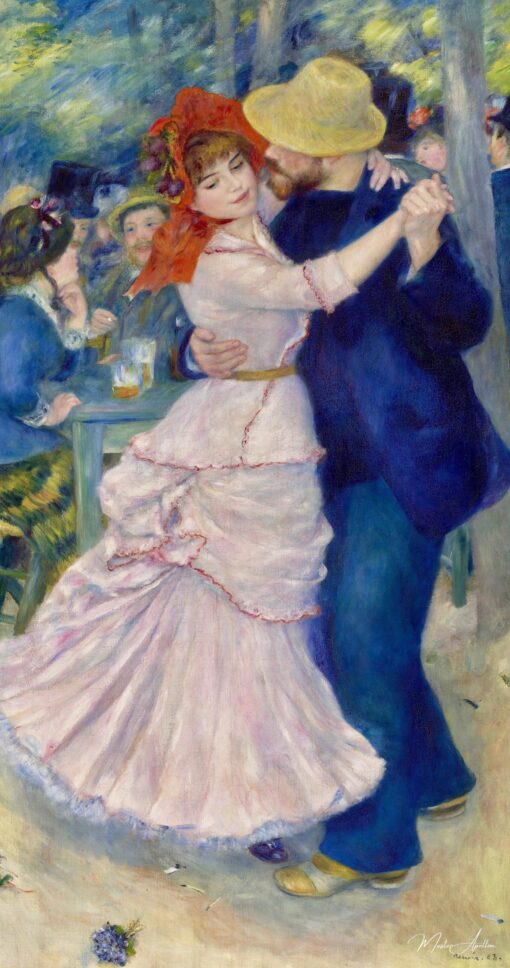
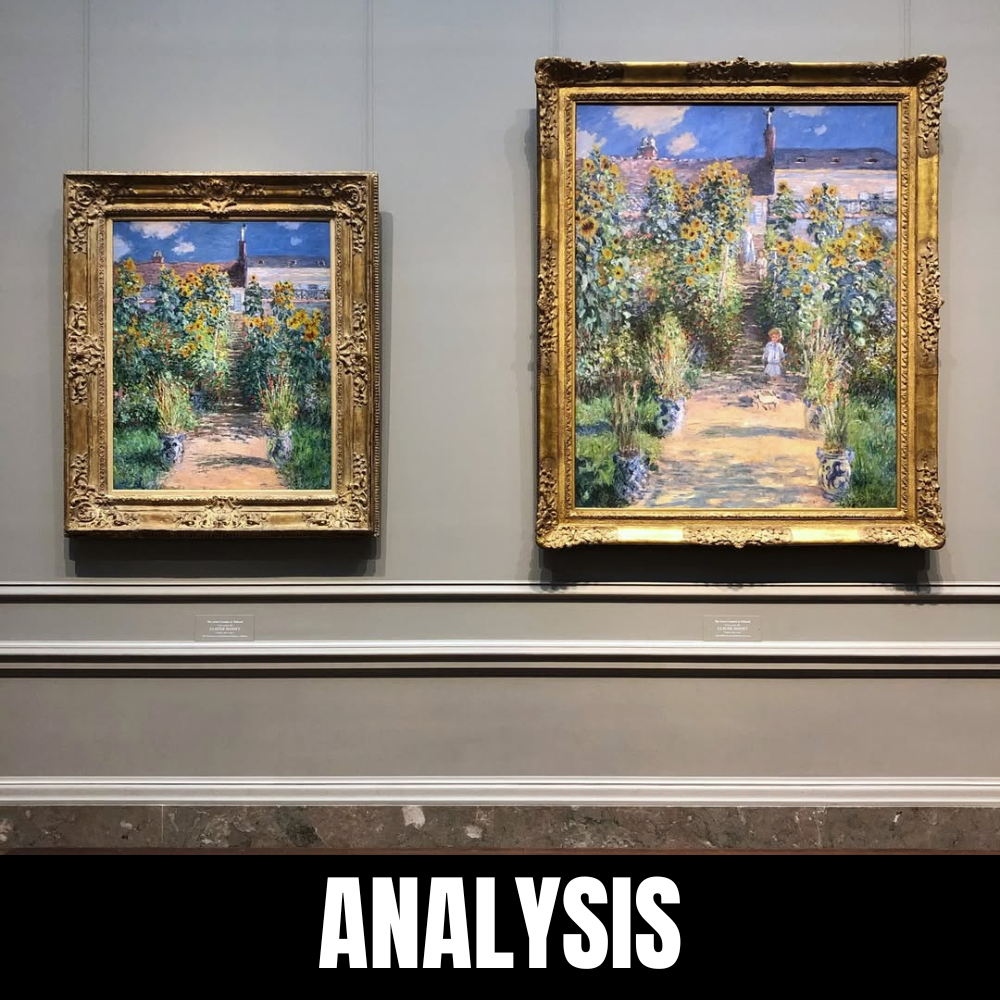
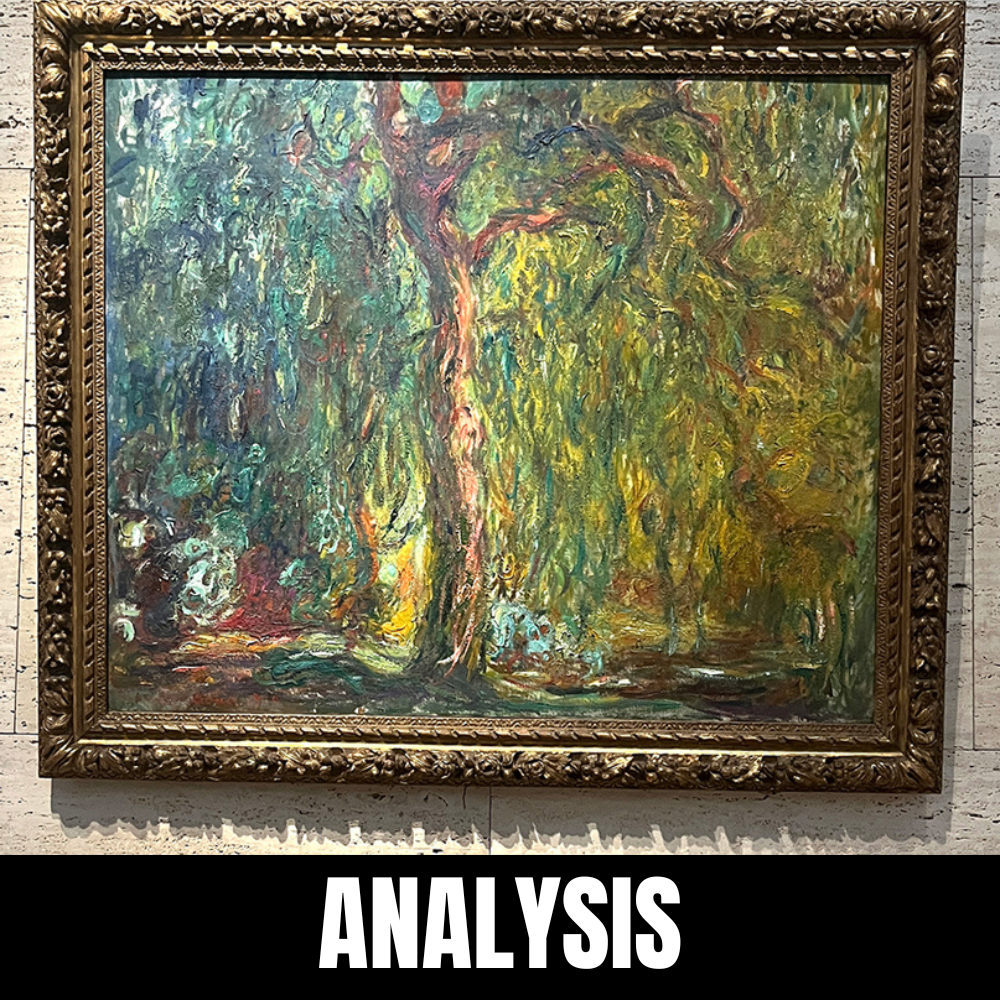
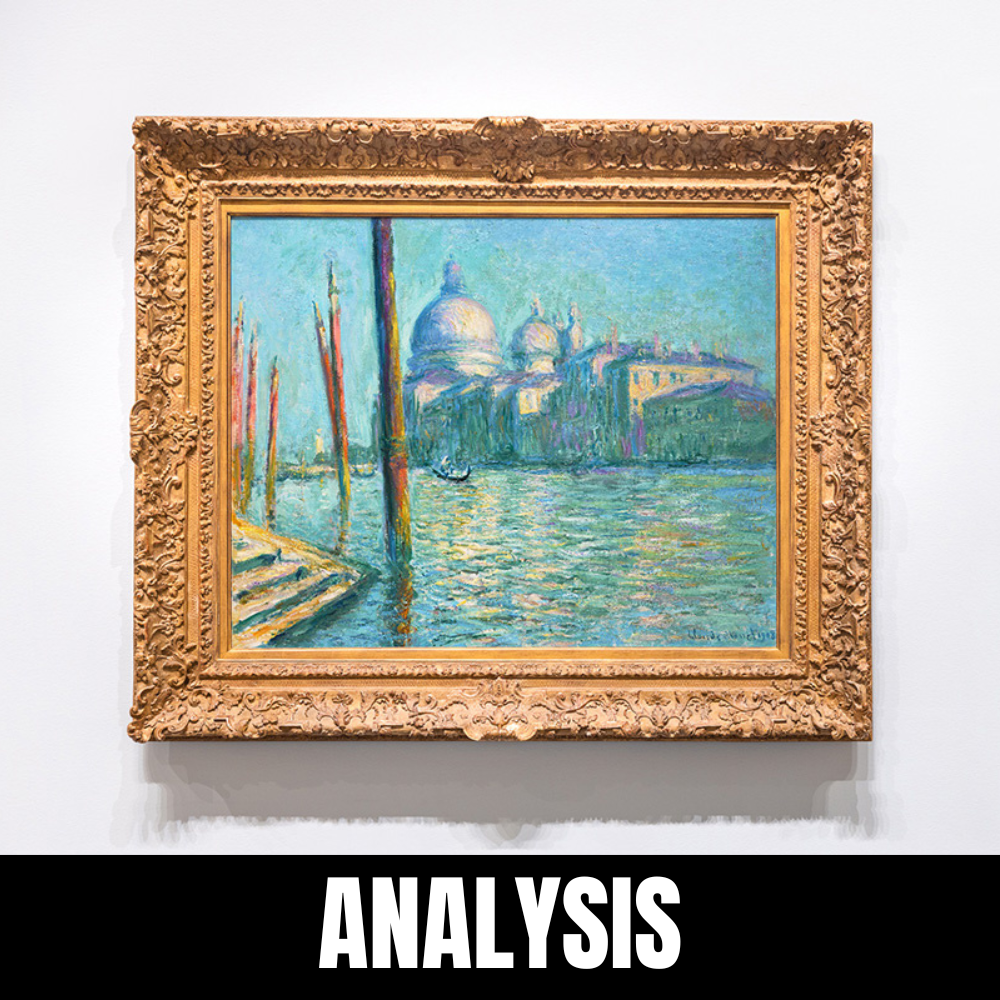
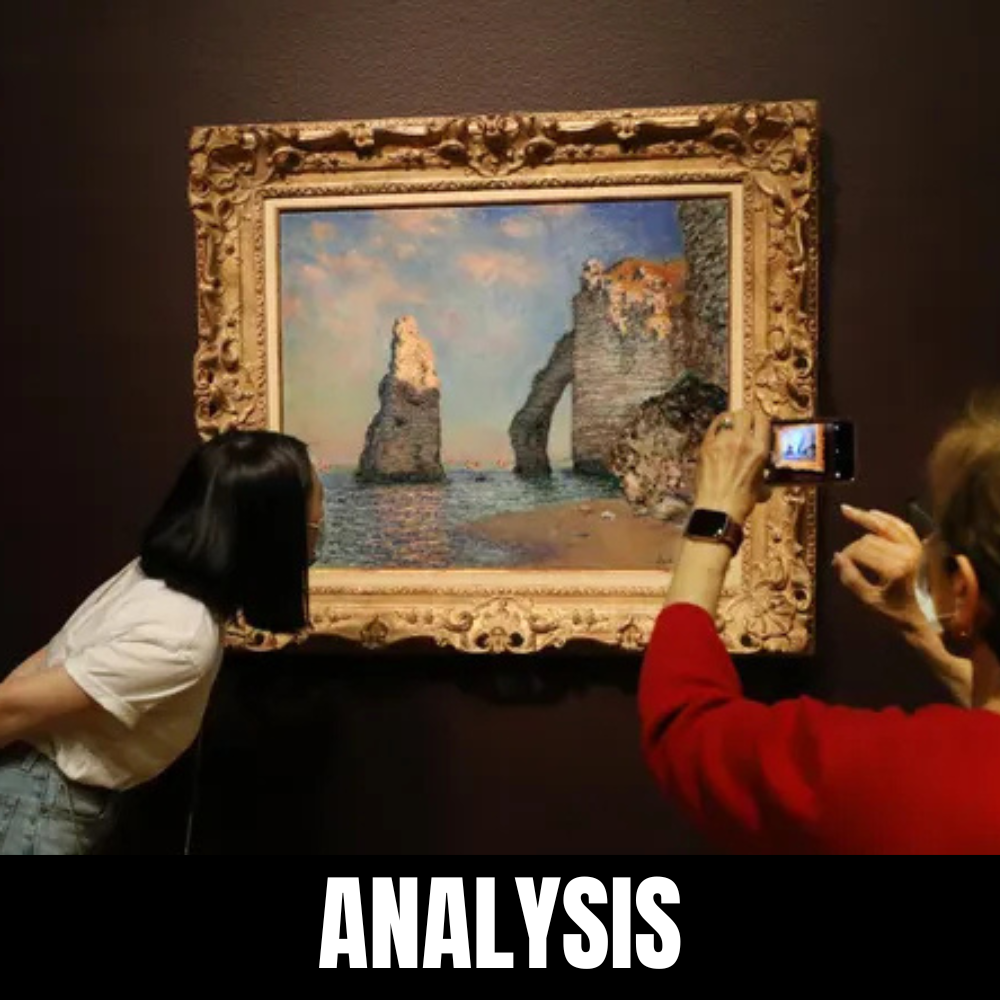
Leave a Reply